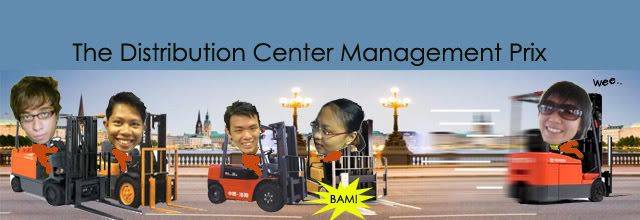Technology has vastly developed and has assist human beings in a variety of areas in the context of logistics.
Warehouses, distribution centre, manufacturing sectors have used technology in one way or another to assist them in operations and cut down a lot on manual processes.
One aspect of material handling currently in the trend in the industry is the use of conveyors to move a product from one location to another within a facility.
This concept of movement has generated various opportunities for the conveyor system to be further developed to enhance internal operations such as order picking process and sorting to routes process.

An example of a typical order flow process which is common in the industry, mainly used in warehousing is as follows:

The boxes or cartons of products come most commonly with barcodes as form of identification of the product information.
There are several forms of conveyor system for material handling in the industry.
In general for order picking purposes, scanners are being placed along various points of the conveyor to allow for tracking of products.
These forms of conveyors are mostly automated roller types where the rollers are electric powered to move the products.
At every scanning station the carton passes, it will be updated into the WMS system.
The cartons will flow to the staging area where these boxes will be palletized either manually or by automation depending on the level of technological investment the company is adopting.
The pallets can be either staged at a particular area before loading or be transferred to a gravity conveyor
 where these pallets can flow down a pallet a time to assist loading.
where these pallets can flow down a pallet a time to assist loading.
The conveyor system relieves various labour intensive activities like people movement, as movement to carry one carton from the start till end of process might be twice slower than a conveyor system.
Furthermore if the system practices continuous tracking by having readers on the conveyor, updating time manually can be eliminated.
On the whole, productivity of order fulfillment will definitely increase.
In general, order processing is the most critical aspect of warehousing and majority of the total warehousing cost comes from that.
If order processing time can be reduced to half with investment of this material handling equipment, it can lead to significant cost savings in the long run which will translate to profits.
It is really interesting to know about the conveyors and further deepening my understanding on these conveyors. I look forward to blog more about this in awhile!!










 In which, this is actually called the "4-wheel Counterbalanced Truck".
In which, this is actually called the "4-wheel Counterbalanced Truck". 
